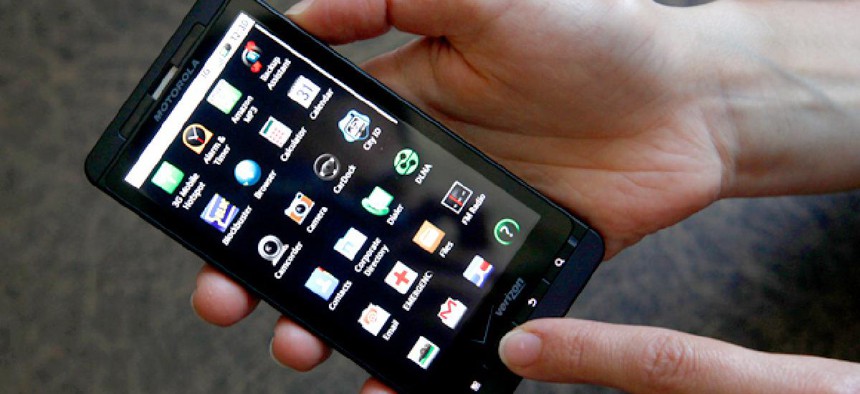The future of smartphone tech is ... knuckle-dragging?

The Droid X, a touchscreen phone from 2010. Jeff Chiu/AP
New software tries to expand the "touch" in "touchscreen."
Touchscreens were a pivotal innovation for computing: Much like the graphical user interface, much like the trackpad, much like the mouse, they gave us a brand-new way to put human bodies to the service of human technology. But the touchscreens we have today are also -- just like graphical interfaces and trackpads and mice once were -- a first step toward something more intricate and sophisticated and better. Mice were, in short order, improved with scrolling and right-click capabilities. Trackpads got adapted to distinguish between the gestures of one finger, or two, or three. Graphical interfaces became more intuitive and more attractive.
And now touchscreens are approaching the moment that all good innovations do: the end of the beginning. Computer scientists are developing software that expands the capability of the touchscreen by expanding the idea of touch itself.
So researchers at Microsoft are working on 3-D gestural control that would transfer users' hand gestures to a screen. Scientists at Purdue are experimenting with haptic feedback (pdf) that approximates the feel of discrete buttons -- even on a piece of flat glass. There's the bendable touchscreen. There's the capacitive fingerprinting that allows screens to distinguish among different users. And over at Carnegie Mellon, the computer scientist Chris Harrison has developed softwarethat is able to distinguish between touches delivered from the fingertip, the knuckle, and even the fingernail. The whole of one hand, communicating with the machine held by the other.
NEXT STORY: Data center savings hard to predict





